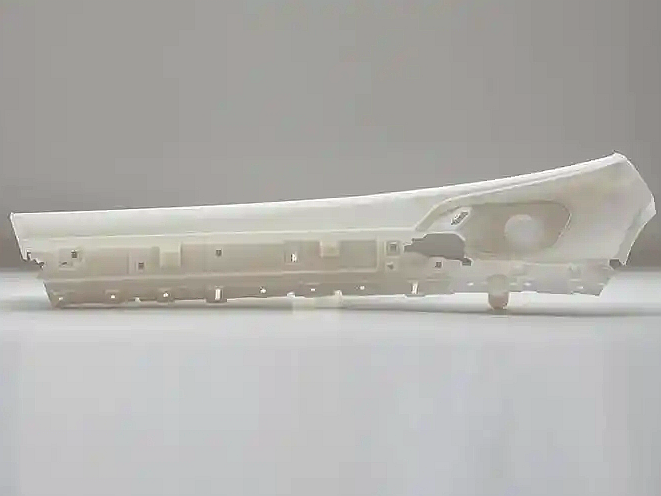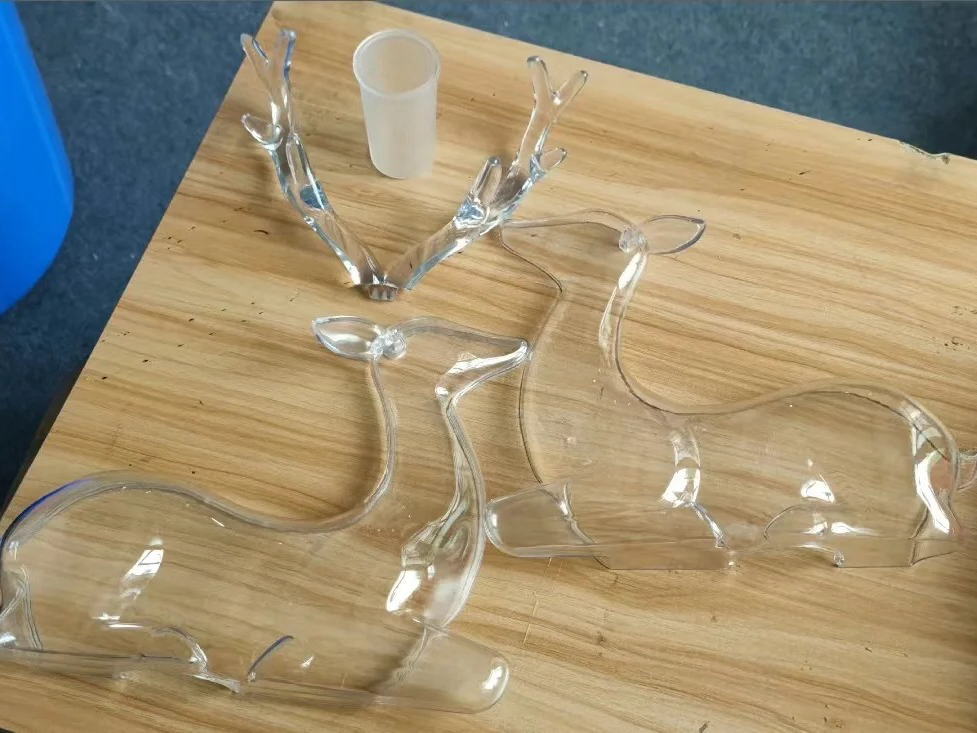How do resin 3D printing technologies like SLA and DLP work?
How Do Resin 3D Printing Technologies Like SLA and DLP Work?
Stereolithography (SLA) Technology
SLA is a vat photopolymerization process that uses a UV laser to cure liquid resin layer by layer. A build platform descends into a resin tank, and the laser selectively traces a cross-section of the object on the resin’s surface. After each layer is cured, the platform moves incrementally to allow the next layer to form. SLA offers extremely high accuracy and fine detail, with layer thicknesses as low as 25 microns and tolerances within ±0.05 mm, making it ideal for dental, medical, and micro-mechanical components.
Digital Light Processing (DLP) Technology
DLP also uses vat photopolymerization but differs from SLA in its light source. Instead of a laser, DLP employs a digital projector to flash an entire layer image at once, curing each layer in a single exposure. This results in faster print speeds, especially for parts with larger surface areas. Resolution is determined by the projector's pixel density, typically achieving xy-resolution between 35 to 100 microns, with similar layer heights as SLA.
Key Differences and Performance
While both processes use photopolymer resin and deliver high precision, SLA is preferred for intricate features and smoother surfaces, whereas DLP is better suited for faster batch production of small to mid-sized parts. Technologies such as CLIP further improve on DLP speed by eliminating layer-by-layer steps altogether.
Material Compatibility
Both SLA and DLP support a wide range of advanced resins, including standard resins, tough resins, high-temperature resins, and biocompatible medical resins. These materials support functional applications in sectors such as medical and healthcare, consumer electronics, and jewelry.
Recommended Resin 3D Printing Solutions from Neway
SLA and DLP Precision Printing: Choose the right resin technology for your project through vat photopolymerization, with options for ultra-fine detail or high-throughput batch production.
Performance Resin Selection: Access application-specific resins such as flexible resins, castable resins, and engineering resins.
Finishing and Protection Services: Improve surface finish, optical clarity, and durability with post-processing options like UV coating, polishing, and painting.



